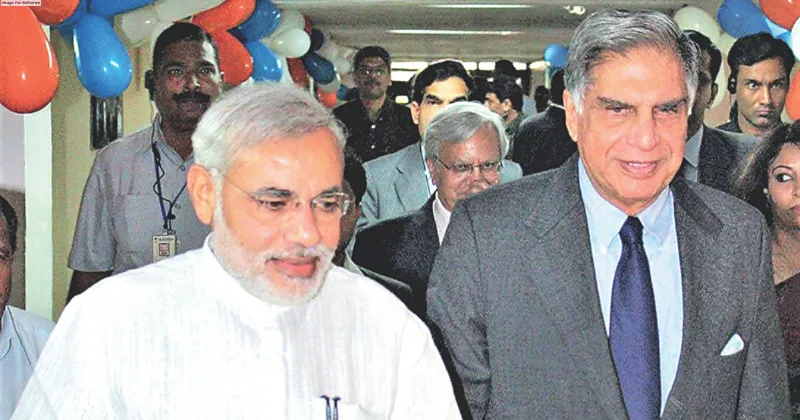Latest News
STORYTELLING - AN EFFECTIVE AND POWERFUL WAY TO CONNECT WITH THE AUDIENCE

Remember the good old stories of Vikram-Betaal or Akbar-Birbal or stories about kings, queens as well as animals and ghosts, the ones narrated by our grandparents that have not only remained etched in our memories but have been passed on to the younger siblings. The origin of storytelling has been traced back to the earliest civilizations wherein, groups of people would gather around and narrate stories that have passed down cultural beliefs, memories, and ideas. It is a way of preserving the culture and beliefs of a tribe or community and passing them down to the next generation. So, what is a story and why is storytelling important to us? A story can be defined as a narrative, either true or fictitious, in prose or verse, designed to interest, amuse, or instruct the hearer or reader. Storytelling introduces new words and enriches our vocabulary, enhances our listening skills, connects and keeps us connected with one’s cultural roots and fosters imagination and creativity of mind. People don’t remember facts, they remember stories. It’s easier for us to recall stories than facts. Sounds and words have always fascinated the human race since the very beginning. It can take form through drawings, paintings, dance or even puppet shows. Storytelling is a popular concept that is used in many fields, such as media, education, business and entertainment etc. When a story is ‘told’, it enters the interpersonal and interactive sphere of an individual and has a high emotional, motivational and social impact. Storytelling has been the subject of multidisciplinary study through the disciplines of theatre and folklore. Theatre provides a rich experience that engages the body, emotions and senses in dynamic learning.
The art of storytelling. Successful leaders and public speakers throughout history have understood and har- nessed the power of good storytelling. No matter the topic or the audience, telling a story instantly engages your listeners and elevates your message to an art form. The major strength of storytelling lies in connecting with the audience and was effectively exploited during the performance by the artist. Its purpose is to make the audience see, hear and feel what the storyteller saw, heard or felt. Relevant details, couched in concrete, colourful language, are the best way to recreate the incident as it happened and to picture it for the audience. Good stories create bridges, real empathic bridges with the audience.
Essential elements for staging the story. The key elements that make up a story for effective communication are the Character, the Plot, the Conflict and the Resolution. Every good story has a compelling central character which is a connection between the performer and the target audience. The plot consists of the events and the theme which is the central idea or belief that the author is trying to convey in the story. The plot encompasses an introduction, rising action, a climax, falling action and a resolution. The conflict, i.e. A challenge or problem around which the plot is based gives the story a purpose or trajectory. The resolution of the conflict generally marks the end and concludes a story. Why Are Stories Important? Stories are central to human cognition and communication. We engage with others through stories, and storytelling is a lot more than just a recitation of facts and events. As human beings, we are automatically drawn to stories because we see ourselves reflected in them. We inevitably interpret the meaning in stories and understand ourselves better. But we now live in the fast-paced information age, where information, concepts, and ideas continuously bombard us from every direction. Do stories matter to us anymore? Yes, the stories are essential to human existence and more relevant today as storytelling creates connection, constructive engagement, learning that sticks, inspiring motivation, risk-free learning and is appealing to all sorts of learners. More and more organisations are embracing storytelling as an effective way for their leaders to influence, inspire, and teach.
While storytelling has seen plenty of changes, the function of storytelling has stayed the same; conveying history, social cohesion, information, news, art, and entertainment. Legends, sagas, fairy tales, and fables have been narrated and these stories are about history, life and understanding the world we live in. The use of advancing technologies such as the printing press, the camera, the internet, and the use of social media platforms have changed storytelling forever. Digital storytelling which is a new trend today includes the idea of combining the art of telling stories with an assortment of multimedia, including audio, video, graphics and web publishing. Digital stories often presented in compelling and emotionally engaging formats are interactive. Even as technology presents so many dynamic opportunities to create new content, humans will still crave stories so we can make sense of the world and stories will always matter, now and in the future also.





















